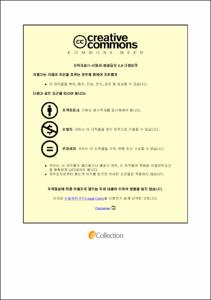Analysis of Risk Factors Associated with Recurrence at the Nipple-areola Complex Following Nipple-sparing Mastectomy and Immediate Breast Reconstruction for Breast Cancer
- Abstract
- Background: Nipple-sparing mastectomy (NSM) has become increasingly prevalent in patients with breast cancer who requiring mastectomy. However, there are little data regarding long-term oncologic outcomes following therapeutic NSM. The main concern associated with NSM is the risk of local recurrence at the retained nipple-areola complex (NAC) consequent to occult nipple involvement. In this study, we evaluated the NAC recurrence (NR) rate of patients with breast cancer who underwent NSM followed by immediate breast reconstruction and investigated potential risk factors for NR.
Patients and Methods: A retrospective chart review was performed in 1,161 consecutive patients with invasive breast cancer (group A, n=962) and pure ductal carcinoma in situ (group B, n=199) who underwent NSM and immediate breast reconstruction between March 2003 and December 2015 at the Asan Medical Center (Seoul, Korea). Risk factors for NR were analyzed using univariate (chi-square test) and multivariate (Cox model) methods.
Results: The median follow-up duration after surgery were 85 (range, 14–185) months for group A and 97 (range, 39–186) months for group B. In group A, 39 cases (4.1%) involved NR as the first event; In group B, 6 cases (3.0%) involved NR as the first event. The 5-year cumulative incidence of NR were 3.5% for group A, and 2.5% for group B. In group A, the significant risk factors for NR were multifocal/multicentric disease, negative hormone receptor (HR)/positive human epidermal growth factor receptor 2 (HER2) subtype, high histologic grade, and extensive intraductal component (EIC). In group B, the risk factors for NR were high nuclear grade, negative receptor status, HER2 positivity, and HR-/HER2+ subtype. All 45 NR cases involved wide local excision. In group A, patients with and without NR as the first event did not differ significantly in distant metastasis-free survival (p=0.949) or overall survival (p=0.211).
Conclusion: The patients had a low incidence of NR after NSM and immediate breast reconstruction in current setting. Biological factors of tumor should be considered before determining the NSM procedure.
- Issued Date
- 2020
- Awarded Date
- 2020-02
- Type
- Dissertation
- Alternative Author(s)
- Zhen-Yu Wu
- Affiliation
- 울산대학교
- Department
- 일반대학원 의학전공
- Advisor
- 안세현
- Degree
- Doctor
- Publisher
- 울산대학교 일반대학원 의학전공
- Language
- eng
- Rights
- 울산대학교 논문은 저작권에 의해 보호받습니다.
- Appears in Collections:
- Medicine > 2. Theses (Ph.D)
- 파일 목록
-
-
Download
 200000291221.pdf
기타 데이터 / 592.26 kB / Adobe PDF
200000291221.pdf
기타 데이터 / 592.26 kB / Adobe PDF
-
Items in Repository are protected by copyright, with all rights reserved, unless otherwise indicated.